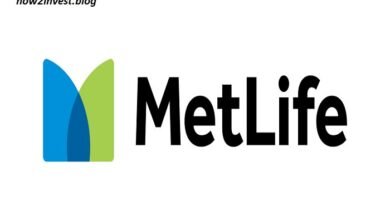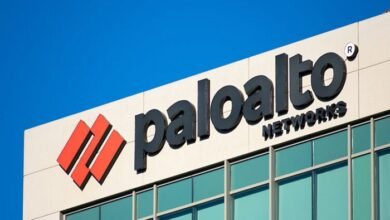Prime Livestock: The Essence of Quality in Modern Animal Agriculture

From succulent steaks gracing dinner plates to cozy sweaters adorning our backs, the impact of prime livestock on our lives is undeniable. But what exactly does “prime” signify in the realm of animal agriculture? Delving deeper, we’ll unpack the multifaceted layers of this term, exploring its implications for both farmers and consumers and, ultimately, the future of a sustainable and ethical food system.
Defining Prime: Beyond the Marbling Score
While the term “prime” often conjures images of marbled steaks and plump poultry, its definition encompasses a far more nuanced spectrum. In essence, prime livestock represents the pinnacle of animal health, genetics, and husbandry practices.
1. A Symphony of Genetics:
The journey to prime begins with carefully selected brees known for desirable traits like rapid growth, efficient feed conversion, and superior carcass quality. Rigorous pedigree records and selective breeding programs ensure offspring inherit these optimal characteristics, culminating in animals predisposed to reaching premium status.
2. Nurturing Nature’s Potential:
But genetics alone aren’t enough. Prime livestock thrive on an environment that fosters their inherent potential. This translates to optimal nutrition, tailored to each species’ specific needs. Think lush pastures rich in diverse flora, meticulously formulated feed blends, and access to clean water – all meticulously monitored to ensure optimal growth and well-being.
3. Welfare at the Forefront:
The pursuit of prime extends beyond mere productivity. Animal welfare takes center stage, encompassing spacious living conditions, stress-minimizing handling practices, and preventive veterinary care. This commitment to a humane environment not only bolsters animal health but also translates to superior meat quality and ethical production.
4. Beyond the Carcass: The Ripple Effect of Prime
Prime livestock isn’t just about premium cuts. It represents a ripple effect of benefits – for farmers, consumers, and the environment. Farmers reap the rewards of enhanced efficiency, improved animal health, and potentially higher market returns. Consumers gain access to nutritious, high-quality food produced with ethical considerations at heart. And the environment? Reduced waste, optimized resource utilization, and a potential decrease in the pressure on land resources are just some of the positive contributions.
The Challenges and the Roadmap Forward
Achieving and maintaining prime livestock standards involves ongoing efforts. Factors like disease outbreaks, climatic fluctuations, and market dynamics can pose challenges. Yet, the pursuit of prime remains vital. Continued research in genetics, nutrition, and animal welfare practices opens doors to even higher standards and sustainable, responsible food production.
Conclusion:
Prime livestock isn’t merely a marketing term; it’s a philosophy grounded in respect for animals, dedication to quality, and a vision for a future where ethical and sustainable food production reigns supreme. It’s a commitment to pushing boundaries, embracing science, and constantly striving for excellence. For all stakeholders in the food chain – from farmers to consumers – understanding and appreciating the significance of prime livestock lays the foundation for a journey towards a more responsible, nourishing, and ultimately, satisfying food system.
Frequently Asked Questions:
- 1. How is prime livestock different from organic or grass-fed meat? While there are overlaps in terms of animal welfare and responsible production, prime focuses on achieving optimal genetics and feed conversion for superior carcass quality. Organic and grass-fed emphasize specific production methods, not necessarily the highest quality grade.
- 2. Is prime livestock more expensive? Prime products generally command a premium price due to the higher production costs and superior quality. However, the value proposition for consumers lies in the enhanced flavor, nutrient density, and ethical considerations.
- 3. How can I identify prime livestock products? Look for certifications from reputable organizations that uphold strict standards for animal welfare, genetics, and feed practices. Seek information on the producer’s commitment to these values.
- 4. Can smaller farms achieve prime standards? Absolutely! Many smaller farms employ dedicated breeding programs, sustainable feed blends, and ethical practices to produce prime-quality livestock. Look for local producers focused on these aspects.
- 5. What’s the future of prime livestock? Continued advancements in genetics, technology, and sustainable practices offer exciting possibilities for further optimizing animal health, welfare, and resource efficiency. The future of prime is about responsible production, exceptional quality, and a commitment to ethical food for all.



